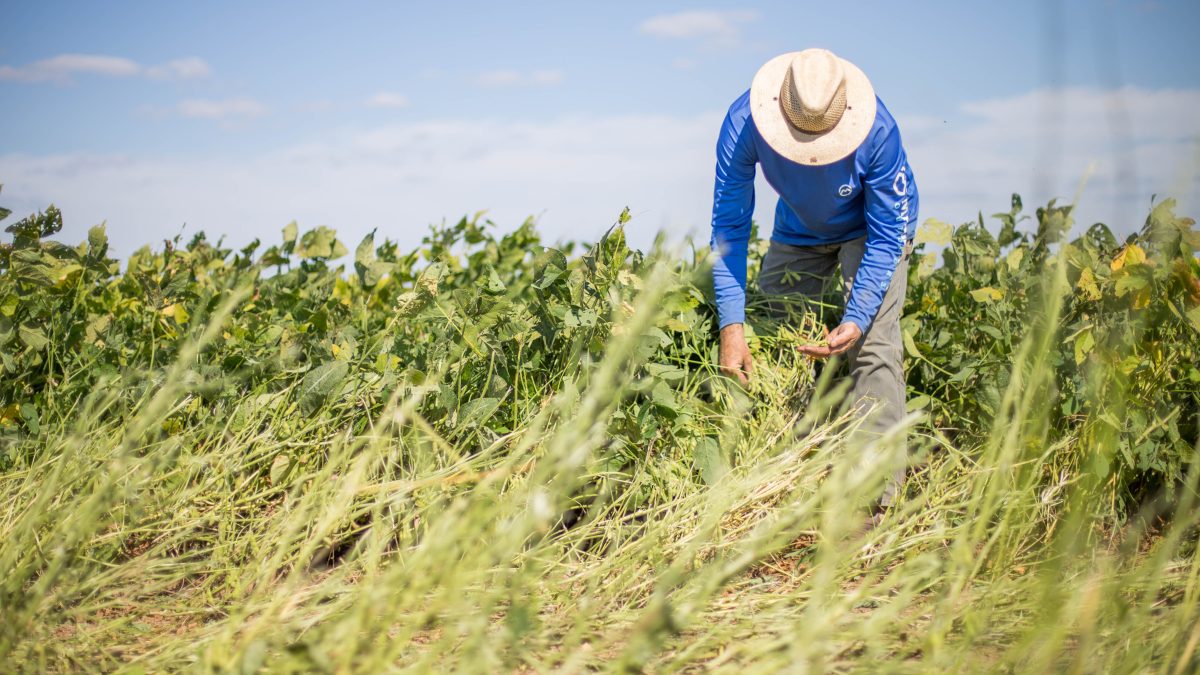Heeding Lessons From the Past as we Chart the Next Farm Bill
Guest Author
Special Contributor to FB.org

photo credit: Maddison Stewart, Arkansas Farm Bureau; used with permission.
Guest Author
Special Contributor to FB.org
By Dr. Bob Young
Congressional lawmakers have started their listening sessions and early hearings on the next farm bill. Farm Bureau has spent a great deal of time and effort over the last 18 months working closely with a number of state Farm Bureau staff to develop a large set of resources for members to study as they think about issues around the next bill. Those resources can be found on the AFBF website. A number of individuals deserve a great deal of credit for putting these resources together.
One idea that is rearing its ugly head again is that of government-sponsored land retirement, either short-term in the form of annual supply control programs or long-term programs through the expansion of the Conservation Reserve Program. Neither of these ideas are ones that, frankly, ever worked really well, and they certainly do not recognize the realities of agriculture in the second and third decades of the 21st century.
Let’s heed that hard lesson we learned years back.
In the 1960s and 70s, annual land retirement programs were an everyday feature of agricultural policies in the U.S. In addition to the old land bank programs, we had not only unpaid set-aside programs as a requirement for farm program benefits, but also paid diversion programs, which were designed to pull additional farmland out of production and drive market prices up.
But one does not need to go back to the 60s and 70s to understand the world is a much different place today. As recently as the 1998/99 crop, the U.S. had a 75 percent share of global corn markets. For the 2017/18 crop that figure is projected to come in at 31 percent. For soybeans, the U.S. had a 60 percent share that will fall to 42 percent this year. Our share of wheat exports – where the U.S. has faced substantive and growing competition for decades –was 28 percent in 1997/98 and will be only 13 percent for 2017/18.
A frequent criticism of set asides was that the program just encouraged other countries to increase their production every time we took an acre out of production. Other than the CRP, we have not used land retirement programs since the adoption of the 1996 farm bill. And even so, farmers and ranchers across the rest of the world have added to their overall production. Area devoted to the major row crops was essentially static from 1980 through 2005, at around 1.85 billion acres. With the boost in crop prices, however, in the mid-2000s, global area devoted to the major row crops increased from that 1.85 billion acres to 2.1 billion acres in 2015/16. Most of this added area was for corn and soybeans. Between 2000/01 and 2016/17, the rest of the world increased planting to the 10 major crops by 248 million acres. In comparison, the U.S. planted 234 million acres to these same 10 crops in 2016/17. In other words, the rest of the world has added the equivalent of total U.S. crop acreage over the last 16 years. So just how effective do we think taking a few million acres of land out of production short- or long-term would be in moving prices to a new plateau?
Let’s heed that hard lesson we learned years back.
Bob Young
President
Agricultural Prospects
Trending Topics
VIEW ALL